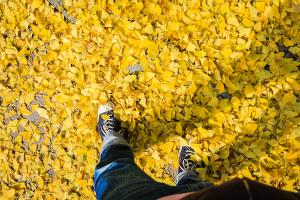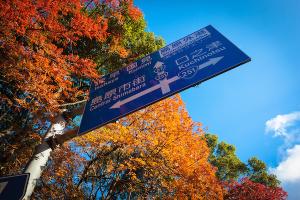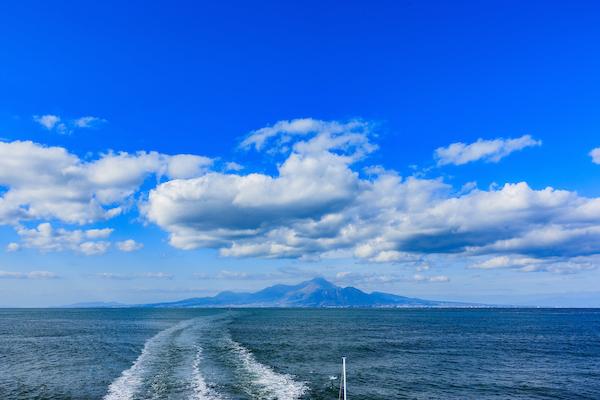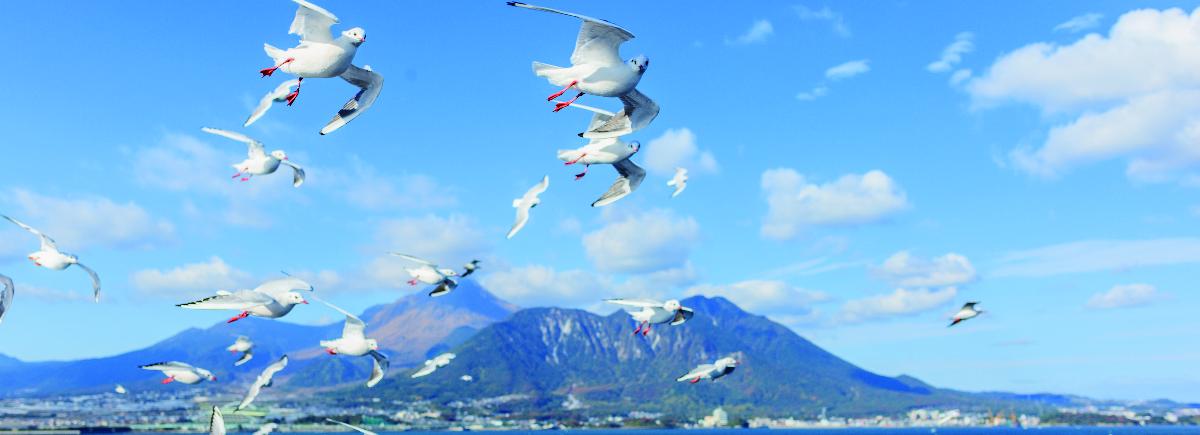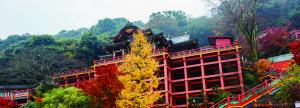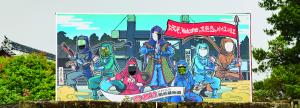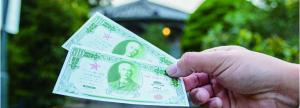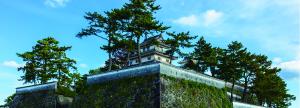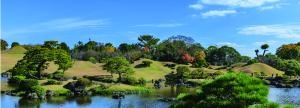Culture & History Trip
My favourite spots included the overnight stay at Fukudaya Ryokan in Unzen. Soaking in an outdoor hot spring in the colder months of the year (especially autumn) is the ultimate Japanese experience and Kyushu is blessed with many amazing onsens.
Nagasaki city was also a highlight. The visit to the Atomic Bomb Memorial and museum left an indelible (and very educational) mark. I learnt so much history on this tour. The 26 Martyrs Museum was also a favourite. History came alive for me having previously read books on the subject.
Kyushu is also special to me as the first British person to arrive in Japan back in 1600 landed here (at Hirado) and I like to joke to Japanese people I meet that I’m the second Englishman to arrive!
There are so many contrasting things to do in Kyushu that you are spoilt for choice. Getting to all these places whether by train, bus, car or boat is always trouble free. You’ll get there on time. My tour was by car and apart from some rush hour traffic leaving Nagasaki city for Unzen I encountered few problems. The highway system is excellent and well maintained. I would say hiring a car to get around Kyushu is the best way to see it. You can go more off the beaten track than say travelling by train or bus.
Japan has a reputation – especially overseas – for highest quality food and seasonal ingredients with cuisine elevated to a ‘kaiseki’ art form. Kyushu has some of the best. At Kumamoto castle, I sampled a beef bowl with the famed beef reared in the Aso volcanic caldera, the most verdant pastures in Japan. In Unzen ryokan I savoured local seafood delicacies and unique seasonal dishes. Not just the food but the quality of the water in Kyushu far surpasses Evian!.
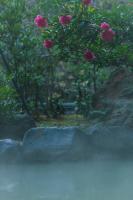
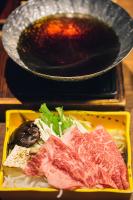
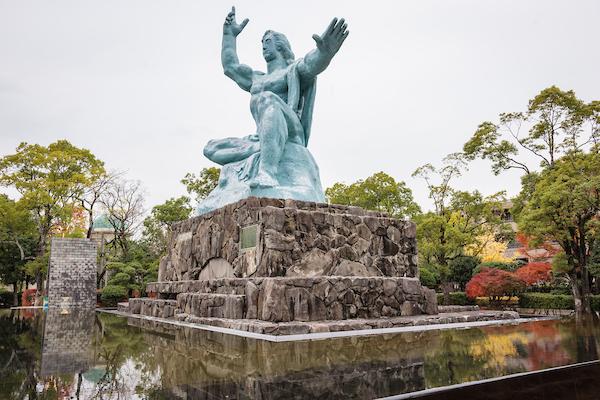
Every overseas influence – be it from Asia (especially Korea and China) or Europe (Dutch, Portuguese, British) entered Japan via Kyushu.
Even during the 200 years of isolation when Japan closed its borders, Nagasaki remained open to the world.
Green tea came to Japan via Kyushu in the 12th century. Fukuoka is also the birthplace of udon, soba and ramen culture.
I’ve lived in Fukuoka for 4 years now and I’m still discovering. This tour opened my eyes to yet more discoveries.
I think it’s going to take me a few more years yet to take in the whole of Kyushu. I recommend if you are visiting Kyushu stay as long as you can. You won’t be disappointed. Kyushu tends to be last on the list to visit with overseas visitors preferring the more obvious destinations of Tokyo and Kyoto. They don’t know what they are missing!! – and I take it upon myself to be an ambassador for the wonders of Kyushu at every opportunity.
